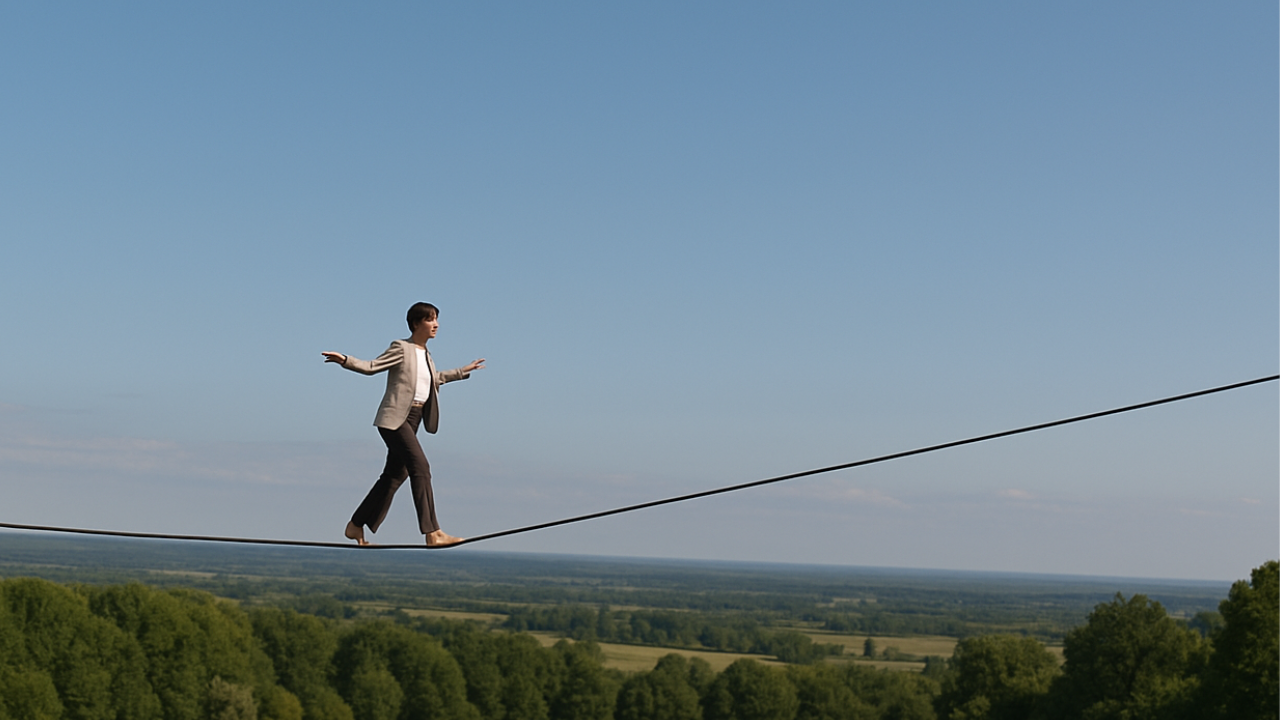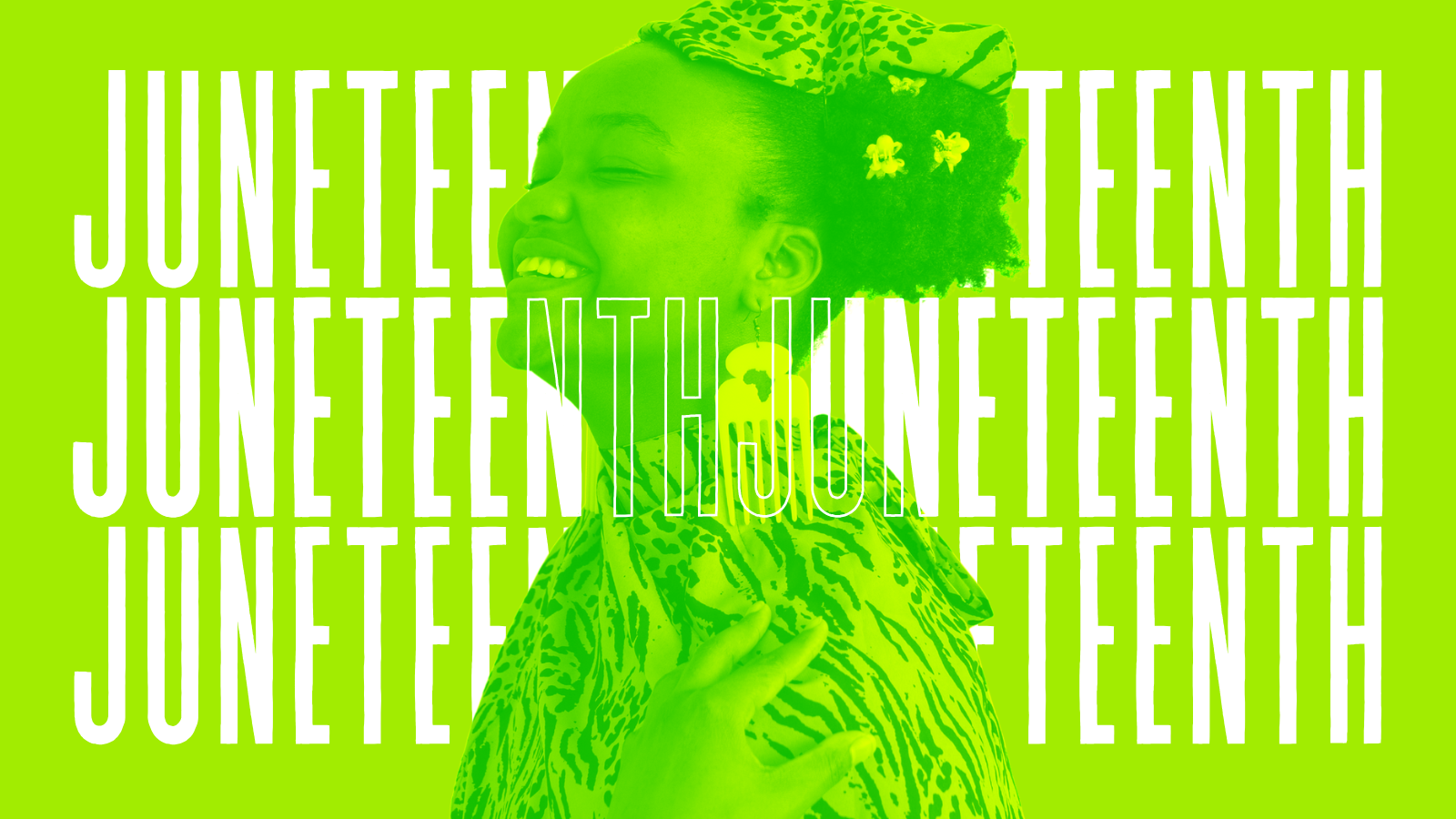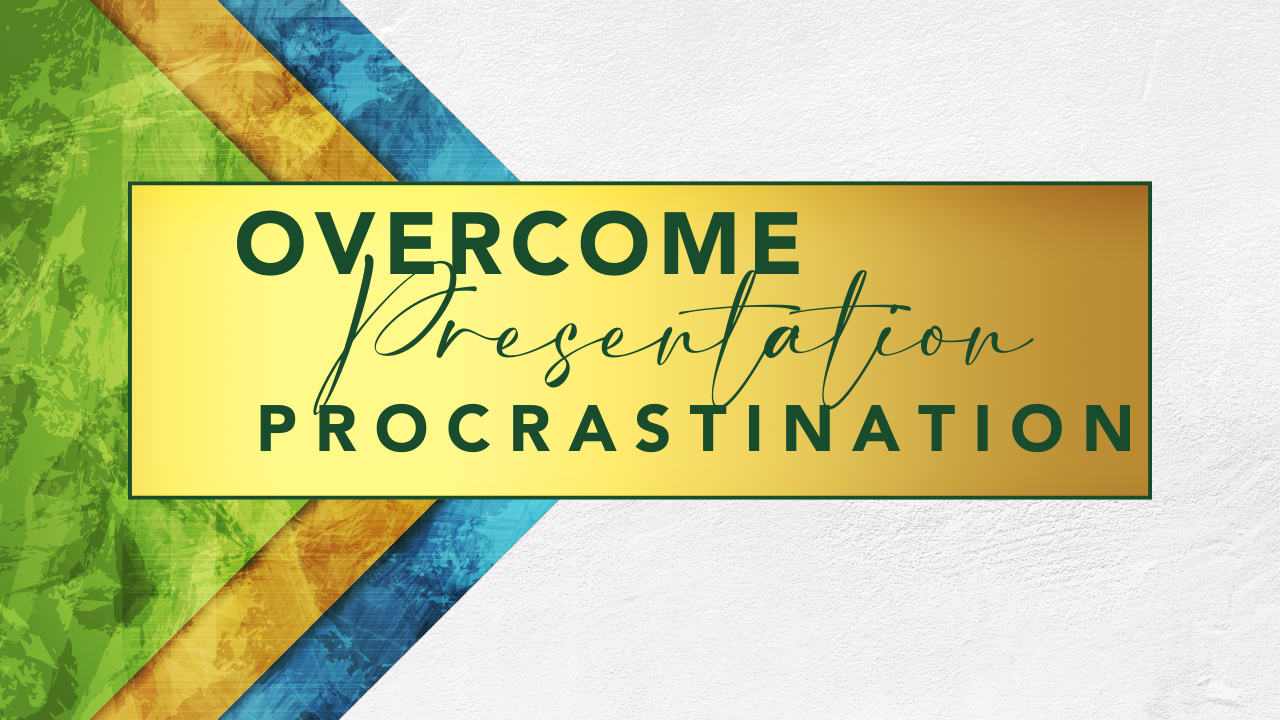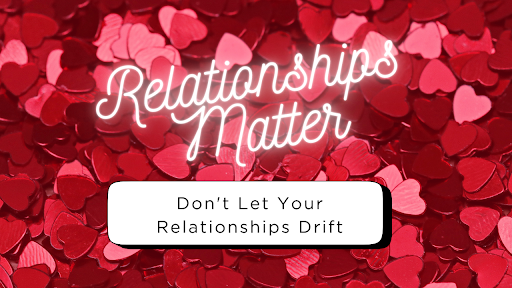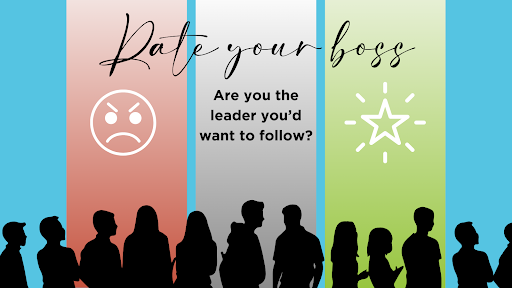Last week, I sat down for coffee and networking with
Rich Bradshaw, a senior executive of United Community Bank. I believe that this meeting never would have happened if it hadn’t been for the introduction made by our mutual friend Joanna. (See my prior blog post of why you should
lend and borrow your social capital often.) Mr. Bradshaw clearly is a master connector himself, so I took the opportunity to interview him for the second installment in my six-part series of relationship-based networking principles.
Networking Core Principle #2: Be Visible, Valuable, and Available
This principle is so easy to say, and so challenging to do on a consistent basis. Why? Because most people lead crazy, busy lives. Networking takes time and effort. And then there’s the social anxiety factor of networking. Even the most extroverted person can feel shy or reluctant while attending large social gatherings.
My goal with this blog post is to break things down into easy, practical, and safe steps that anyone can take to increase their networking confidence and results. I will use actions and suggestions from Rich Bradshaw to shine light on this second core principle of relationship-based networking. And while you may not be a senior executive of a successful regional bank like Rich Bradshaw, there is no reason that I can think of as to why you shouldn’t try some of the things he does to grow his networking influence.
Be Visible
When I asked Rich how he maintains his visibility with his network and in his community, he told me that he had attended a fundraising gala for an arts council the prior night. His company, United Community Bank, was one of the event sponsors. As such, Rich was able to invite a few of his valued clients and colleagues to join him at this event as his guest. Rich told me that this fundraising event attracts the “Who’s Who of Influencers” within the business community. For example, Rich ran into the mayor of Greenville SC, Mr. Knox White. Knox said to Rich, “Your name has come up twice this week.” (Note: once from me when I had coffee with the mayor and mentioned that I’d be meeting next with Rich Bradshaw in two days).
Lessons learned:
- Go to fundraising events. Buy a ticket, dress up, and show up, even if it’s a financial stretch or you feel uncomfortable going. If the company you work for is sponsoring the event, ask to go to the event and to use one of the sponsor tickets. Be sure to mix and mingle at the event, don’t just hang out with your colleagues.
- Tell people who you are networking with next. I don’t say this for name-dropping purposes, but rather to find out who knows who in your network. The mention could serve as a catalyst to build other people’s visibility, connections, and name recognition.
Be Valuable
When I asked Rich what he does on a regular basis to be valuable to the people in his network, he told me about what his bank does to excel in the area of service. After listening for a while, I reframed the question to ask how he personally adds value to the people in his network: his colleagues, clients, friends, neighbors, and strangers.
Rich told me that he was a very good recruiter. He often finds himself helping connected talented people into new, exciting positions of responsibility and opportunity. He told me that he also loves to sell and to help the selling process. He also strives to add value to his clients’ and colleagues’ lives by making prompt decisions. “I believe it is important to say ‘yes’ or ‘no’ fast, and not to drag things out.”
Rich also shared a few stories of how he adds value to the colleagues in his network by sharing lessons learned, both his personal life lessons and other people’s lessons that have been passed on to him. For example, he passed on the insight of “never take away opportunities if you want to stay in partnership with people.” He learned this lesson by observing a leader at another company make a mistake with the sales team.
Then there is the more practical and immediate value-add such as recommending a good plumber, landscaper, or mechanic. When Rich found out that my husband was in the property management business, he offered to connect him with his wife who is a real estate agent. He suggested this connection not because she might have a property he could buy, but because she had an incredible list of professionals in the trades that she has used with confidence for years. He then told me about “The Plumber” – a gentleman who has worked on Rich’s personal home with great care and competence. Rich pulled out his smartphone and shared The Plumbers’ phone and email with me. He said I could use his name when calling. When I got home, I shared this contact information with my husband. Ironically, the very next day, one of the properties that my husband manages had an unexpected plumbing issue. Guess who we called?
Lessons learned:
- Share your wisdom, insights, and ideas. When you meet people in networking situations, be open to listening, learning, and exchanging ideas. Even if you are years younger than the person you are networking with, your life experience and unique perspective can enrich someone’s day, week, month, or life. What comes natural and easy to you is likely to be the “secret sauce” of adding value to someone else’s life.
- Find out what people need. Don’t spend the entire networking meeting “pitching” or “selling.” Get to know the person you are meeting with. Find out about their personal and professional life. Who is important to them inside and outside of work? Your value-add may not be directed to the person you are immediately networking with, but rather with someone in their network. A question that I like to ask is “How can I help you or someone in your network?”
- Make referrals and recommendations. This is such an easy way to be valuable. If you trust someone who has done excellent work for you personally or professionally, don’t keep it to yourself. Enthusiastically share that valuable resource with others in your network. Not only will you be creating value in the lives of your contacts, but you’ll be helping to build the business of others.
Be Available
Rich Bradshaw didn’t have to tell me about this aspect, he demonstrated it by showing up to meet with me at a local coffee house. He made himself available not to a stranger, but to a friend-of-a-friend. He carved out 45 minutes of his busy day and took a risk on me. And I did the same for him. Rich did ask me how I manage to stay on top of a growing network. It’s difficult, especially with all the social media channels now available.
I reminded Rich that while you want to always be connecting (the ABC of networking and the sixth core principle in relationship–based networking), it is important to put extra investment and attention to the relationships that are most significant to you. I encourage my clients to identify their Top 50 Contacts. Once identified, you need to touch base with these key people on a regular basis. I recommend every six weeks of so. I write about this strategy of targeted networking in my book,
Networking Ahead 3rd edition.
I also shared with Rich a creative tool that I use to keep me networking and touching base with the important relationships in my business and life. It involves the metaphor of planting seeds, but instead of seeds, you move M&M candies. I wrote about it in a blog post called
You Can Always Take Smaller Steps. I can’t take credit for creating this super fun accountability device. I give full credit to my business coach and friend, Mark LeBlanc – business development coach, author, and professional speaker. Mark has a remarkable capability of creating focus and discipline while having fun growing your business.
Lessons learned:
- Take time to meet with new people each week. Even if you have a very demanding job and life schedule, you can always find time and opportunities to meet new people. You can do it in person, at work, online, over the telephone, at meetings, in airports, through introductions from friends. Anywhere people gather, there is opportunity to connect. Don’t make it a laborious process. Make it easy, fun, energizing, and rewarding. This way, you’ll do more of it, more often.
- Prioritize the most important people in your network. Networking is not just about accumulating new contacts, likes, or friends. It’s about building productive, meaningful relationships over time. Don’t ignore the people already in your network. Make sure your networking investment strategy is solid with the people that matter most to you. Stay in touch!
- Be disciplined and reach out every day.
Plant at least 3 seeds every day by reaching out in some form or fashion to people in your network. Get creative and find a way to make this easy and natural for you. Develop the discipline. Make it a habit. This will put you on the path to becoming a master connector and a motivated networker!
How can you be more valuable, visible, and available to grow your network?



